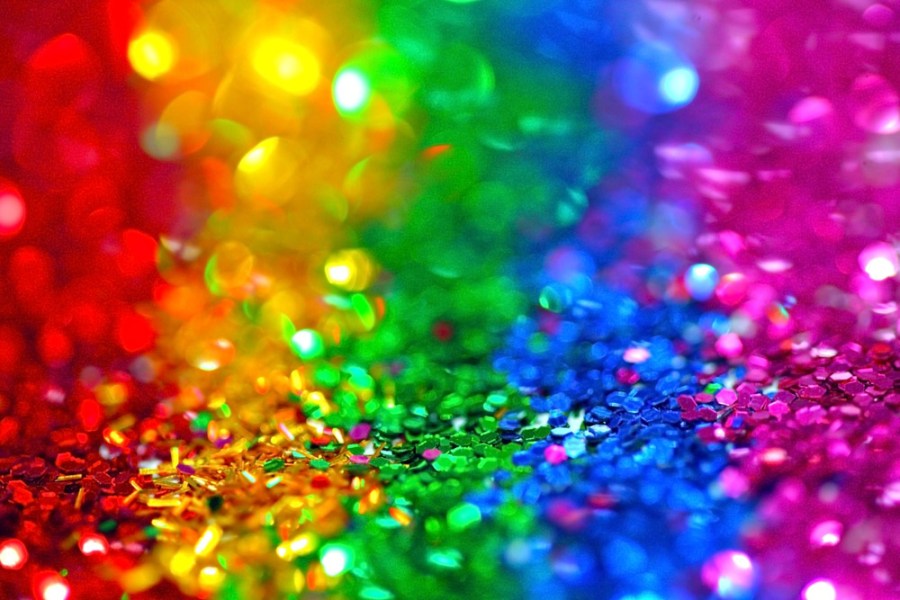In the future, your OPPO smartphone could offer 20-bit RAW files, thanks to the introduction of the OPPO Imaging NPU (Nueral processing unit), MariSilicon X. The processor is designed to be released in smartphones available in Q1 2022.
Most digital cameras with an interchangeable lens (aka mirrorless and DSLR cameras) offer 12-bit or 14-bit raw support, per channel, whilst the JPEG format offers just 8-bits per channel. If you’ve ever tried to colour correct a JPEG image or correct exposure problems, then you’ll most likely have seen the limitations of JPEG images, and immediately seen the benefits of shooting raw.
This is also why videographers pay so much attention to whether a camera offers 8-bit or 10-bit colour, as correcting an 8-bit image can make video colours look all shades of wrong.
Yeah, but I don’t shoot video, so what’s the big deal, really?
An 8-bit JPEG image supports 256 shades per channel, 256 x 256 x 256 giving 16.7m possible colours, which you’d think was enough, however the problem is that we’ve got used to the subtle differences in shades, and often 256 shades doesn’t always show enough of this subtlety.
This is where raw comes in, with more shades per channel, we can improve the subtle differences and smooth gradients of colour, as well as expand our ability to process the image, recover highlights or shadows more easily, or correct for colour issues. The camera can also capture and store a wider dynamic range when shooting raw images, or with newer models, HEIF images.
10-bits, 12-bits, 14-bits, 16-bits, how many bits do we actually need?
10-bit gives 1024 shades per channel, and 1.07 billion possible colours, while a 12-bit raw file offers 4096 levels for each channel (R,G,B), giving over 68 billion possible colours. This is beyond what the human eye can normally perceive, and the the majority of people, this will be ample scope for further editing.
With many Canon and Nikon DSLRs and mirrorless cameras, there is the option to shoot 14-bit raw images. 14-bit supports 16,384 shades per (R,G,B) channel, giving an incredible 14.4 trillion possible colours.
Some Hasselblad and Phase One cameras support 16-bit raw, with 65,536 shades per channel, giving 281.4 trillion possible colours. The number of shades per channel doubles every time the bit depth is increased.

The rear Hasselblad cameras of the OnePlus 10 Pro smartphone
In the smartphone world, the recently announced OnePlus 10 Pro lets you shoot in “full 10-bit colour”, as well as offering 12-bit RAW. OnePlus are part of the same parent company, BBK Electronics, that owns OPPO, and VIVO, amongst others.
As long as you’re able to shoot with RAW and use 10-bit or above, to avoid JPEG’s 8-bit limit, then this should give you plenty of scope for subtle colour differences, as well as the ability to correct or adjust the image.
20-bit raw coming this year…
In the future, though, OPPO smartphones could offer 20-bit RAW files, thanks to the introduction of the OPPO Imaging NPU (Nueral processing unit) MariSilicon X. The processor is designed to be released in smartphones available in Q1 2022, in the upcoming Find X series.
The OPPO MariSilicon X chipset offers the following features:
- 20-bit ultra-high dynamic range
- Real time RAW processing
- Enhanced (RGBW Pro mode)
- 4K AI HDR night video
“MariSilicon X has a powerful ISP that enables images to be captured with an incredible 20bit 120db dynamic range – 4x greater than that of Find X3 Pro. It gives images a contrast ratio of 1,000,000:1 between the brightest and darkest areas of the image, better keeping images true to life.”
OPPO MariSilicon X imaging benefits
Rather than using an RGB sensor, it support RGBW (red, green, blue, white), with the additional white channel offering additional light sensitivity, as well as reduced noise performance.
With support for 20-bit, this is 1,048,576 shades per channel, giving an unpronounceable and quite unbeleivable 1.1 quintrillion colours, which is one quintillion one hundred fifty-two quadrillion nine hundred twenty-one trillion five hundred and four billion six hundred and six million eight hundred forty-seven thousand, or 1,152 quadrillion, or 1,152,921 trillion colours.
Hopefully, the smartphones released with this immense colour range will also offer high quality screens to help display this, as even the flagship Samsung Galaxy S21 Ultra 5G offers a screen that only displays 16million colours, and whilst it offers excellent sRGB / DCI-P3 colour support, 16million colours is still only in the 8-bit realm.
What about HEIF?
Some of the issues with JPEG images have been resolved through the use of the 10-bit HEIF format, which stands for “High Efficiency Image File Format” – as the name suggests, it offers better compression that JPEG images, as well as support for HDR (High Dynamic Range), and as mentioned above, 10-bit support means that 1.07 billion colours are possible.
HEIF has been supported by Apple with the iPhone 7 and newer, plus the Samsung Galaxy S10 and newer models. It’s also found in the Canon EOS-1D X Mark III, Canon EOS R5, Canon EOS R6, Sony Alpha 1 and Sony Alpha A7 IV. It is also supported on Apple and Windows 10/11 computers, depending on how up to date the operating system is.
Additional reading:
If you can’t wait, and want to get the best camera phone now, then have a look at our smartphone reviews, or our guide to the best camera phones for photography.
Lead photo by Sharon McCutcheon from Pexels.







